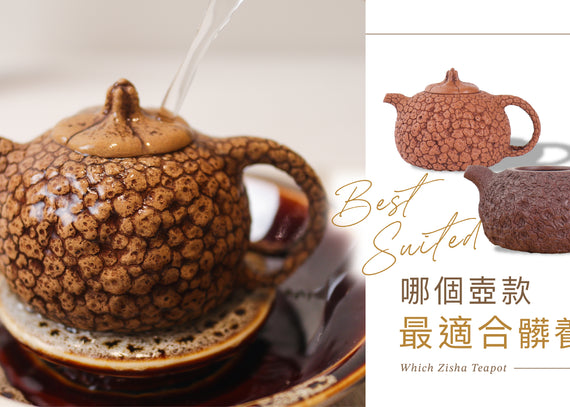剛購入新的紫砂壺,除了預備開壺檢查泥料,還要查看壺身或壺蓋有沒有裂痕損傷。這時候很多人會發覺,怎麼壺蓋和壺口都有些像被打磨過的痕跡?先別急,這些痕跡其實未必是瑕疵,原因到底是什麼?一起看下去吧!
磨痕來自一個工序:整口
制壺工序中有一個叫「整口」的步驟,將原本在制壺時故意做大了的壺蓋磨小,使蓋子與壺口吻合。當紫砂壺燒製完畢,專門負責整口的師傅會利用金剛砂或者砂紙打磨壺口和壺蓋,令蓋子能夠蓋上紫砂壺,這也是為什麼我們檢查紫砂壺時會發現壺口和壺蓋上有一道道幼細的磨痕。
「整口」是屬於現代制壺工序的一環,所以壺口的磨痕可以幫助我們初步分辨是現代壺還是古壺。古代的打磨技術未成熟,因此古壺沒有整口的痕跡,制壺人需要在制壺時做好壺蓋,某程度來說制壺需要較高的精準度。

(圖片來源:莊莊愛紫砂)
為何需要整口工序?
「整口」目的在於方便壺蓋能順利蓋到壺身。因為除了每種紫砂泥料的收縮比率不同,壺身與壺蓋的收縮率也不一樣,製作壺蓋時很難估算燒製後其大小是否適合壺身。如果在制壺時,壺蓋大小已經與壺身吻合,燒製收縮後的壺蓋可能出現比壺身小,甚至會有鬆蓋晃動的情況出現。
所以壺口壺蓋有磨痕是好事還是壞事?
其實整口工序留下來的磨痕算不上是瑕疵,也不會影響泡茶,因此這不是壞事。有人可能認為,經過整口的紫砂壺會沒那麼好,會覺得制壺技藝比較容易,技術也沒有未經過整口的紫砂壺高超。這個說法未必完全準確,無需整口的紫砂壺製作起來的確較難,需要較高的精準度,但評斷制壺技藝精湛與否是在於壺身線條是否流暢對稱,壺體裝飾工藝是否精緻形似,而非只看壺口壺蓋有沒有磨痕。
其實經過整口工序前,製作紫砂壺依然需要掌握好壺身與壺蓋的收縮比率,這點是製作任何紫砂壺都需要考量的因素。如果無視紫砂壺的收縮率,把壺蓋做得太大,整口工序也無法令壺蓋與壺口吻合。所以單憑紫砂壺是否經過整口工序而評斷該壺品的價值並不可取。

(圖片來源:搜狐媒体平台)
總括而言,整口工序主要是為了壺蓋與壺口可以更容易嵌入,經過整口的壺品其實無礙泡茶,所以算不上是瑕疵。只要磨痕不影響外觀,痕跡不深,紫砂壺依然可以發揮其優點。
建議閱讀:





